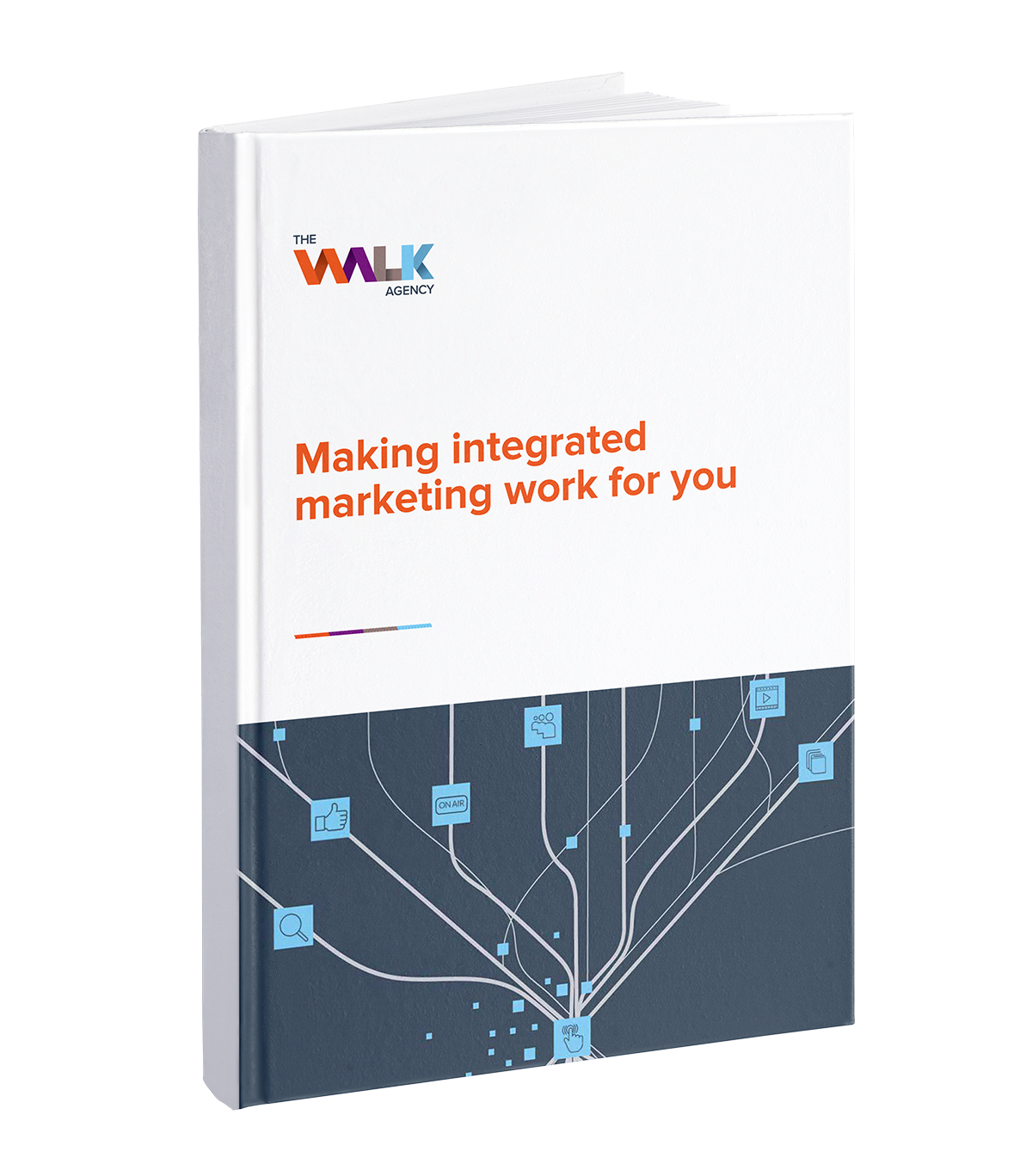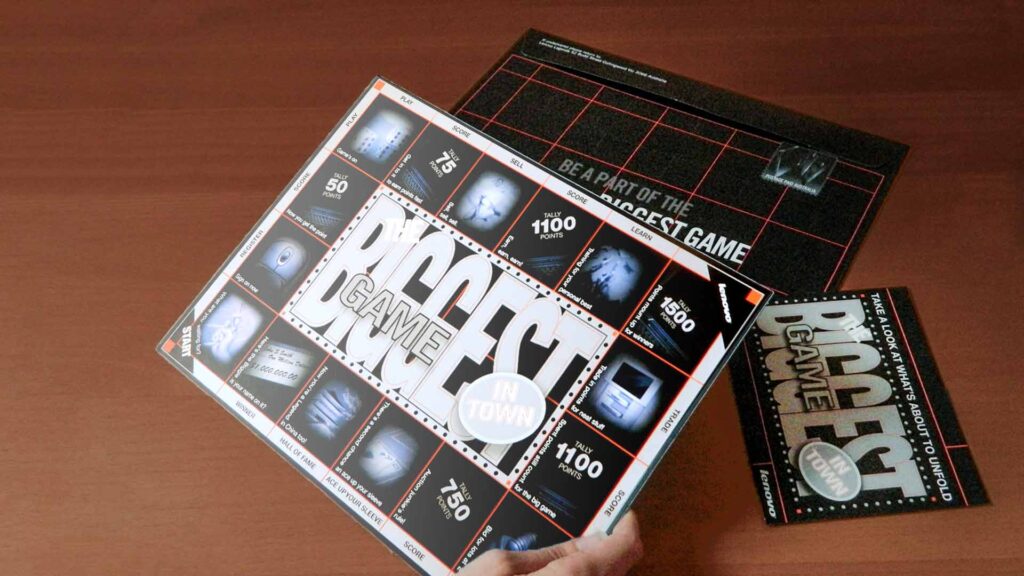“With fierce competition and ‘noise’ in the online space, marketing managers need to be really savvy about how to achieve marketing effectiveness”.
Integrated Marketing Agency, The Walk, understands the changing landscape that marketers face. In this environment, they believe that direct marketing is even more effective when coupled with multi-touch and cross-media campaigns.
But just how much attention is given to making each touch point within a marketing campaign relevant? We chatted at The Walk, about the results that direct marketers can achieve with a “well-crafted” campaign.
How does DM fit within multi-touch marketing and what sort of results are The Walk clients getting?
Direct marketing campaigns are an integral part of multi-touch marketing. Knowing buyer behaviour is the first step, and to understand the likely impact of a campaign, we first gain insights by analysing past behaviour and previous campaign results. Then, using a high level of personalisation and multiple touch points, we engage the individual beyond the first 10 seconds of receiving a communication by mail or email and get them beyond the first 3 clicks of a website.
To extend the campaign’s reach and create an interactive user-experience that prompts action and customer engagement over a period of time, we create a one-on-one conversation using highly relevant and focused messages. We use variable data to personalise each communication element, even using personalised URLS in our campaign websites to get better site “stickyness”. Marketing campaigns are executed through multiple touch points, including using social media, content marketing, out of home advertising, video marketing and data-driven marketing trends to keep the conversation alive.
So how popular is multi-touch?
Over 70% of marketers are using multi-touch campaigns. A large proportion of our work involves highly targeted DM campaigns that are tailored to suit the customer’s individual situation. Whether it’s win-back activity, reactivating lapsed customers or opening the door to potential acquisitions, we use multiple touch points to deliver and reinforce the message and increase the response rate.
The number of people that respond to any campaign increases exponentially at the 3rd touch point.
Can you share some metrics from DM campaigns executed by The Walk?
Yes, the stand out for us is a 3 dimensional DM campaign to launch a new PC with a superfast processor. The campaign was distributed to selected acquisition targets in 6 countries. The DM piece included a pair of noise cancelling headphones and a quirky message about probably needing these headphones to block out the noise of their current computer, if they did not own one of our client’s new workstations. The campaign included a micro site with product information and an incentive – a chance to attend the Malaysian Grand Prix – if the user registered their details. Prospects were followed up by telephone and email and the campaign resulted in a 19% conversion rate – that’s actual conversion to sales, not simply responses! The campaign cost around $100K USD and generated revenue of $22M USD over a 6 month period.
What are the differences between multi-touch and cross-media campaigns?
In many ways they are one and the same thing. Multi-touch campaigns are almost always cross-media because they leverage a variety of offline and online media. These days, with so many more people online, more emphasis is being placed on creating engaging user experiences that complement and extend the relevance of messaging delivered through more traditional media.
Do you have any other standout campaigns you can share with us?
Another standout campaign centres on an environmental message. Our client’s product consumed less power, emitted lower heat, was made entirely from recycled plastics and used 100% recycled materials in its packaging. We developed a highly personalised 3 dimensional teaser mailing to focus on the ‘green’ message, followed by a flat mail piece, also highly personalised, which explored how the company began, its corporate philosophy and also reinforced its commitment to raising the bar on environmental standards within the industry. Customers were also contacted by telephone during the campaign. An overall 30% response rate was achieved with an average spend per company of between $20K to $30K USD.




